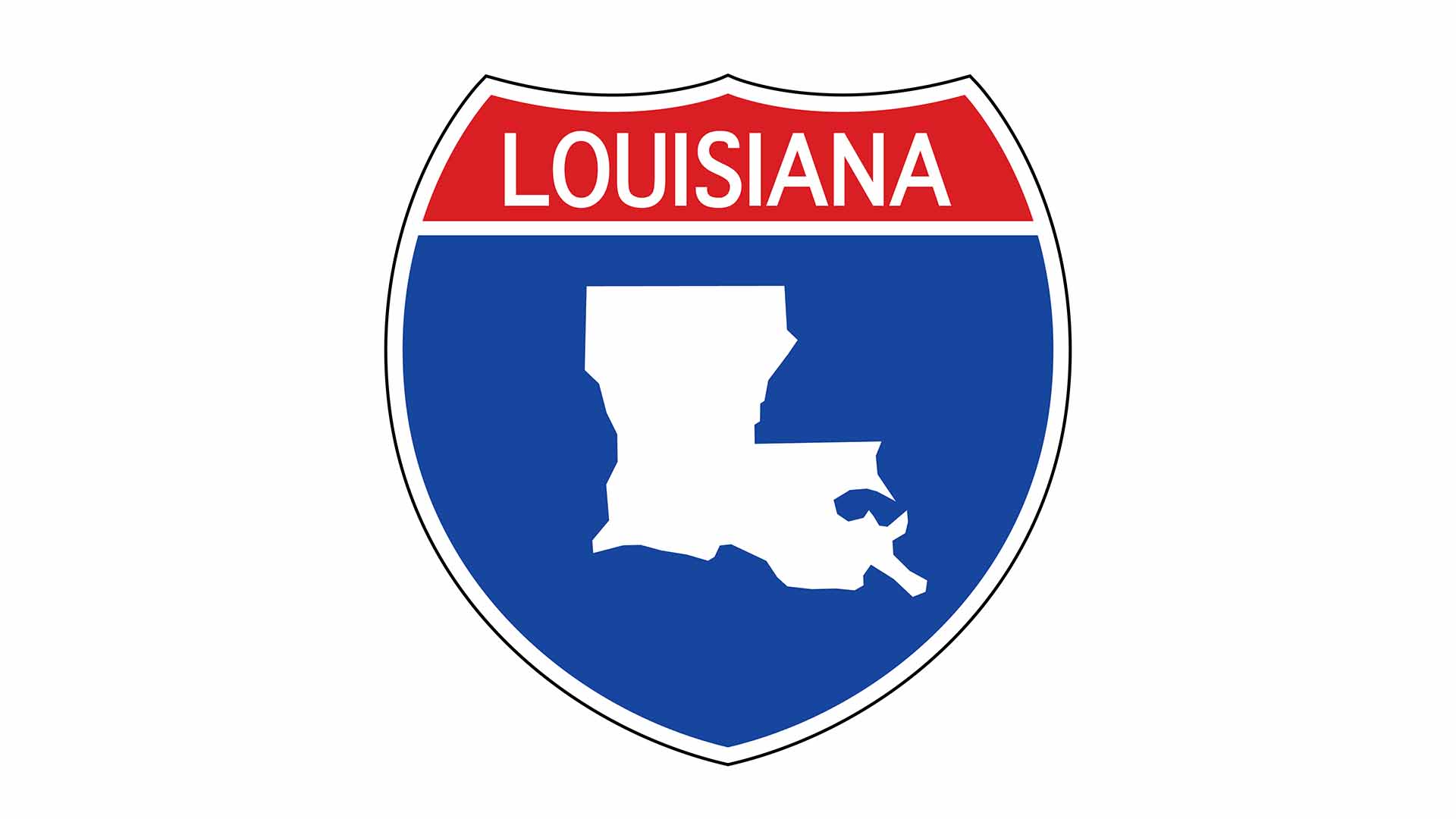At a glance
CDC supports Louisiana and other state and local health departments, or their bona fide agents, through cooperative agreements to support childhood lead poisoning prevention activities. Read about the program's successes.

About the program
The State of Louisiana received $515,000 through cooperative agreement EH21-2102 from the Centers for Disease Control and Prevention (CDC) in the third funding year. The funds address childhood lead poisoning prevention and surveillance programmatic activities being conducted from September 30, 2023, to September 29, 2024.
The strategies focus on:
- Ensuring blood lead testing and reporting
- Enhancing blood lead surveillance
- Improving linkages to recommended services
To learn more about these efforts in Louisiana, contact the program below.
Louisiana Department of Health
Louisiana Healthy Homes and Childhood Lead Poisoning Prevention Program
1450 Poydras Street, Suite 1652
New Orleans, LA 70112
Phone: (888)-293-7020
Success story: funding year 2
Improving reporting of blood lead tests in Louisiana
Challenge
Increasing the prevalence of childhood blood lead testing is a top priority for the Louisiana Healthy Homes and Childhood Lead Poisoning Prevention Program (LHHCLPPP). To fully understand testing rates, it is important to investigate whether the underlying issue is lack of testing or, perhaps, failure to report test results to the LHHCLPPP. Increasing reporting is crucial in this regard as it provides the program with a more complete picture of lead exposure among Louisiana children and aids in identifying areas with lower testing rates. By leveraging this information, LHHCLPPP can devise targeted interventions to improve testing rates in the identified regions, thereby mitigating the risks associated with lead exposure and ensuring early identification and mitigation of lead poisoning. To achieve this, LHHCLPPP reviewed provider testing and reporting rates through an internal quality assurance effort and identified those with low compliance.
Intervention
In 2022, LHHCLPPP successfully established a partnership with the Louisiana Department of Health's Bureau of Infectious Diseases (BID)-Electronic Reporting Team. Through the partnership, LHHCLPPP implemented a new innovative strategy to increase reporting of blood lead data using an electronic laboratory reporting system (ELR). The strategy consisted of four steps completed by LPPCLPPP:
- Step 1—Created a high-volume spreadsheet tracking all healthcare providers that reported blood lead testing results via fax.
- Step 2—Established the Lead Data Usage Working Group. This working group meets monthly to address any internal data needs and data cleaning projects, and it tracks ELR submissions.
- Step 3—Contacted 46 clinics that provided the most blood lead test data by fax to promote the importance of submitting their data electronically and onboarding them into the ELR System.
- Step 4—Contacted the hospital laboratories of 46 clinics to track the onboarding status of each clinic.
Impact
Through the partnership with BID, LHHCLPPP received an additional 448 blood lead test results for the 2nd and 3rd quarters of 2022, which equates to a 20% increase in reporting.
Funding for this work was made possible in part by NUE1EH001265 from the Centers for Disease Control and Prevention (CDC). The views expressed in this material do not necessarily reflect the official policies of the Department of Health and Human Services; nor does mention of trade names, commercial practices, or organizations imply endorsement by the U.S. Government.
Success story: funding year 1
Testing women, infants, and children for lead exposure in Louisiana
Challenge
Louisiana children that receive services provided by Special Supplemental Nutritional Program for Women, Infants, and Children (WIC) clinics are more likely to have a higher risk for lead poisoning. The Louisiana Healthy Homes and Childhood Lead Poisoning Prevention Program (LHHCLPPP) is aware that some children attending WIC clinics do not receive routine health prevention services and are, therefore, not likely to receive blood lead testing at a medical clinic. Blood lead testing at WIC clinics is an efficient way to screen these children at ages 12 and 24 months and increase blood lead testing rates in Louisiana.
Intervention
LHHCLPPP staff members conducted a blood lead testing pilot project in 2018 at WIC clinics in Region 1 of the state. Region 1 consists of four Louisiana parishes: Orleans, Jefferson, Plaquemines, and St. Bernard. LHHCLPPP partnered with 12 WIC clinics in Region 1 to increase testing and raise awareness. Additionally, the program trained all WIC staff members in Region 1 on lead poisoning prevention at WIC regional meetings and one-on-one with WIC clinic staff members while they provided services to children.
LHHCLPPP was able to support a Regional Outreach Specialist for Regions 1, 6, and 8 who is responsible for training WIC staff members, providing training at provider offices, and supporting other promotional activities. Regions 6 and 8 include five Louisiana parishes with an elevated risk of lead poisoning.
Impact
Through the partnership with WIC, LHHCLPPP has reached an additional 2,403 children, and 82% were tested for lead exposure for the first time.
Funding for this work was made possible in part by NUE1EH001265 from the Centers for Disease Control and Prevention (CDC). The views expressed in this material do not necessarily reflect the official policies of the Department of Health and Human Services; nor does mention of trade names, commercial practices, or organizations imply endorsement by the U.S. Government.
